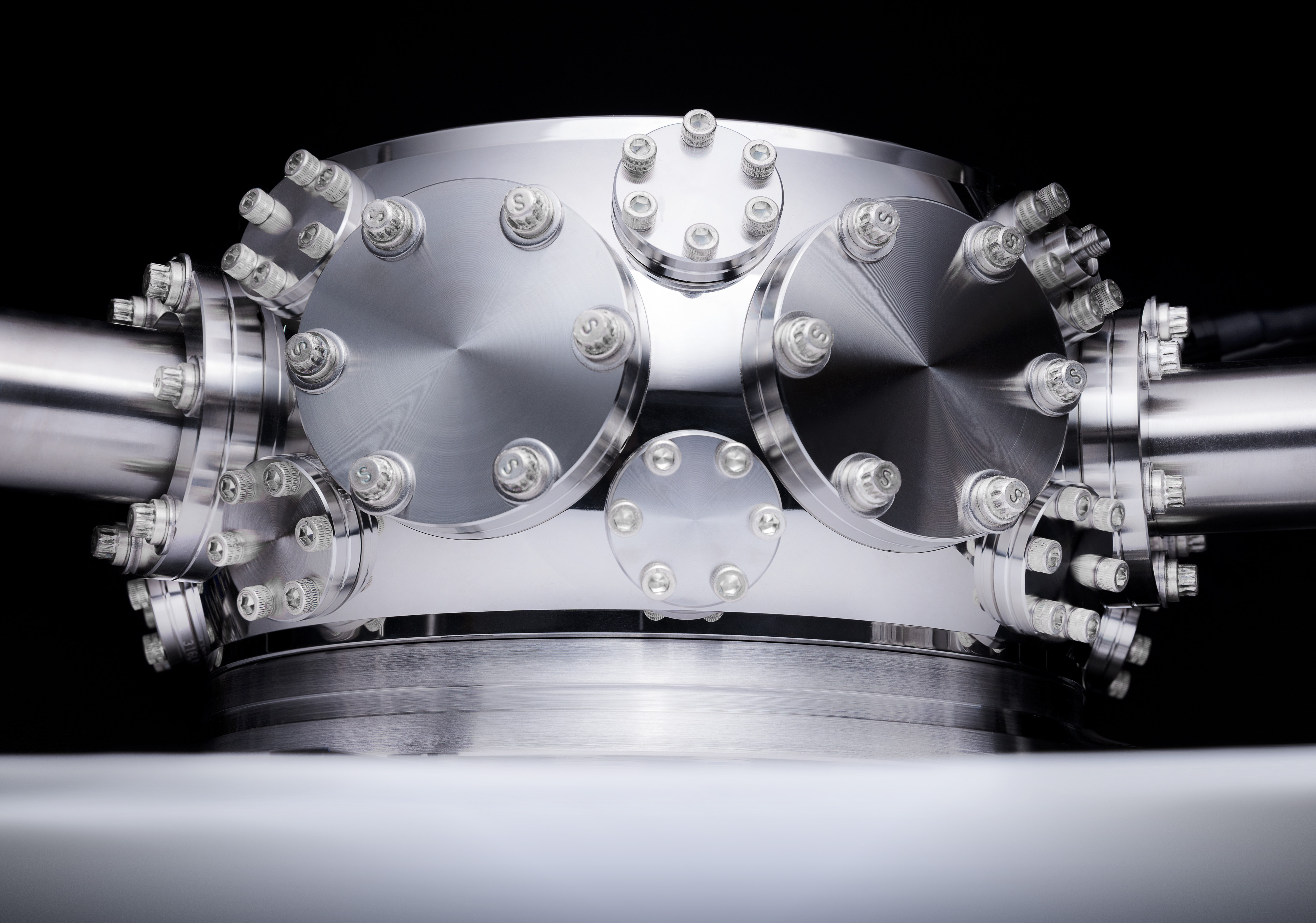This gives us a better glimpse of what is happening out there. The easy ones are the self driving car and the use of heavy lifters for material transport. We all understand those ideas.
However both are way bigger in terms of future impact than indicated at first blush.
heavy lifters will displace and speed up a real percentage of globalt transport. More important, as built it will support the build out of space habitats.
Super Technology Progress
Nextbigfuture decades of work puts me in position to find and communicate to my readers and followers where the future is happening and how it is unfolding.
There has been an acceleration of high-impact technology for the future from AI to atom technologies and molecular electronics.
We are in the age of narrow superintelligence. Google Search and chess and Go playing software are artificial systems that are far beyond human capability for those tasks. Computer vision, computer speech, search, language processing, language understanding, translation, protein folding prediction and analysis, self-driving, Teslabot like systems and much more are happening. They have different market value and potential. We will get deeper into the multi-trillion and quadrillion dollar age of super narrow AI dominance. The super-narrow AI will interact. We will be able to order chatbots for delivery or rides or supply chain via self-driving and robotic loading and unloading.
Here are some definitions for different categorizations of AI.
Artificial narrow intelligence (ANI) has a narrow range of abilities.
Artificial narrow superintelligence (ANSI) has a narrow range of abilities but those abilities are well beyond human level.
Artificial general intelligence (AGI) is a broad range of abilities that are comparable to the range of intelligence for a human.
Artificial general superintelligence (AGSI)is far more capable than a human across all domains of human intelligence.
The data advantages of each dominant super-narrow AI will be difficult to displace from a dominated market niche. Imagine the difficulty of a superior search engine trying to displace Google in search. Google has not just search but the advertising ecosystem.
Any new entrant Super AGI or broader super AI will need to displace any market entrenched Narrow Super AI. The owner of a Narrow Super AI can broaden or improve its Narrow Super AI. Big Tech companies can also try to buyout or use mergers or partnerships with entrenched Narrow AI. Narrow AIs that can be broadened or expanded by strong incumbents (like Tesla or Google) will have better chances of increasing reach and displacing weaker competition.
Tesla and other companies are spending billions every year developing self-driving cars. Tesla has 2.5 million cars on the road and each has $3000 in cameras and other hardware to enable full self-driving and will get over the air software updates as the software improves. By 2025, there could be 20-40 million Tesla full self-driving cars on the road. Full self-driving would be considered a narrow superintelligence. I would view FSD performance and capabilities based upon the number of standard deviations better than the average human driver on safety statistics.
Tesla FSD Beta has been made available to over 60,000 drivers. FSD will likely be fully available to over 240,000 prepaid US customers by mid-2022. FSD should reach robotaxi level by 2025.
Molecular Electronics
Will the AI software for protein folding create more value and a dominant position or will the value be from molecular electronics that enables thousands of times faster DNA, RNA and protein reading and synthesis? Roswell Biotechnologies has released a molecular electronics chip that integrates molecules with CMOS. I believe the power will reside with the vastly superior molecular nanotechnology providers and users instead of Deep mind Alphafold software.
Billions and trillions of molecule systems on integrated CMOS means molecular reading and synthesis at trillions of times the speed and scale of today. Rapid, low cost, mobile detection systems for diverse biomarkers. Enabling powerful, in-the-field pathogen detection, infectious disease monitoring, environmental monitoring, and identification of bio-specimens, species or individuals.
By 2030, Roswell Biotech should scale DNA, RNA and protein reading to be billions of times faster instead of thousands of times faster than today.
Atom Technologies – Better and smaller Atomics clocks, QuantumRF and More
ColdQuanta is unlocking atom technologies with laser-trapped atoms for quantum computers with millions of error-corrected qubits. There will be millions of ultra-precise atomic clocks which will transform GPS locations’ precision and master clocks for data centers. This will mean that Google’s Spanner database would be enabled to have hundreds to thousands of times greater speed or scale. They will have QuantumRF which will transform the energy efficiency and speed of communication.
Reusable Rockets
In the most recent SpaceX Starship presentation, Elon Musk stated that the SpaceX Starship can become lower cost than airplanes for long haul cargo delivery.
I have some detailed calculations. Starship will double the payload capacity. Full fueling costs are about the same for the 1200 tons of fuel for Starship versus 50,000 gallons of jet fuel for a long-range cargo plane for each flight. However, twice payload means half the cost. Non-fuel costs for the vehicles and the frequency of flights are hugely in Starship favor. Starship should have twice the payload.

Honeywell Quantum Computer Enclosure
No comments:
Post a Comment